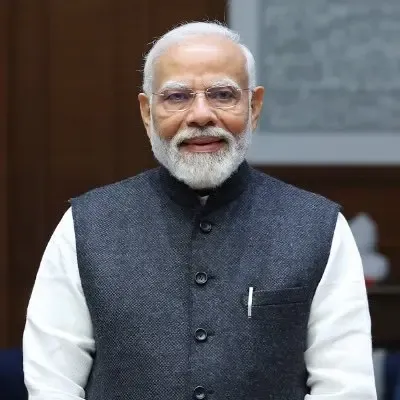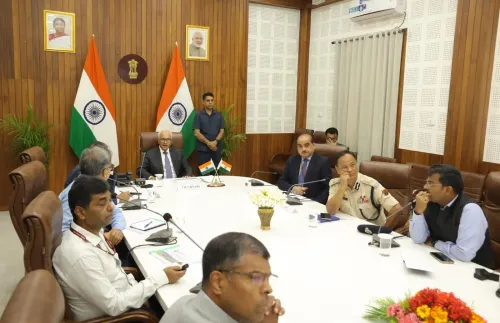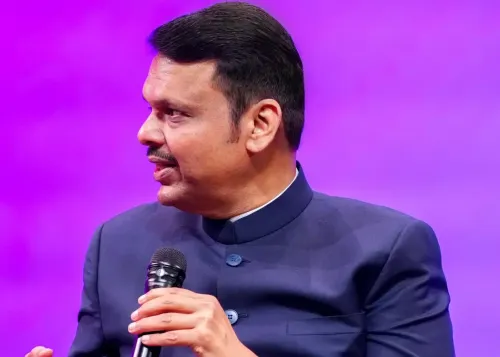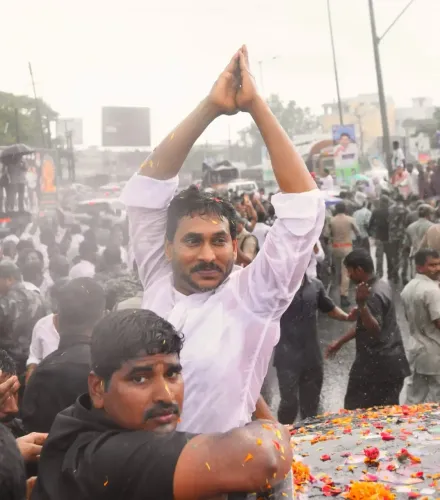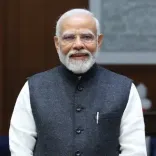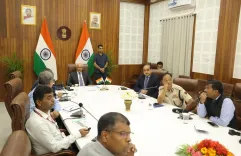How is India Reshaping Its Security Doctrine After the Pahalgam Attack?
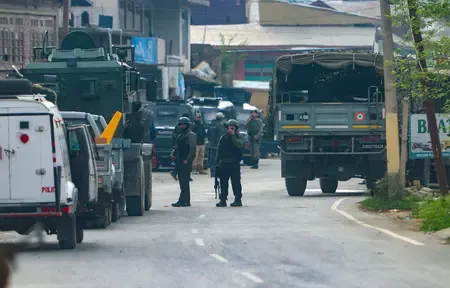
Synopsis
Key Takeaways
- The Pahalgam attack prompted significant changes in India's security strategy.
- Focus has shifted from reactive measures to predictive strategies.
- AI is now a critical tool for both terrorists and security agencies.
- New military doctrines classify terror attacks as acts of war.
- Proactive intelligence gathering is essential in combating modern threats.
New Delhi, Oct 9 (NationPress) The Pahalgam attack marked a pivotal moment for India's security forces, prompting significant adaptations in military strategy. Following the tragic incident that resulted in the loss of 26 innocent lives, the focus has shifted from mere response to proactive prediction.
In Jammu and Kashmir, the atmosphere is gradually improving. With a resurgence in peace and a flourishing tourism sector, this situation, however, was a tactic by Pakistan to mislead Indian security agencies into believing that tranquility had been fully restored in the Valley.
The objective was to catch the agencies off guard for a substantial strike. Such an occurrence in cybersecurity is referred to as a Zero-Day event, where an unknown vulnerability is taken advantage of by attackers.
The ISI had instructed its terrorist factions to remain inactive, enticing security agencies into a false sense of security. Following the Pahalgam attack, India's response was resolute. The Indian armed forces executed Operation Sindoor, which unveiled numerous vulnerabilities of Pakistan to the global community. Terror camps, operational headquarters, training facilities, and terrorists were effectively targeted by the armed forces in both Pakistan and Pakistan-occupied Kashmir (PoK).
Under the guidance of Prime Minister Narendra Modi, a transformation in military doctrine was initiated, where acts of terrorism would be classified as acts of war rather than mere cross-border terrorism. National security architects took heed of the Pahalgam incident and not only revised the doctrine but also began formulating a security strategy centered on prediction rather than reaction.
An official remarked that a national security policy must continually adapt to emerging threats. A singular policy cannot effectively address every incident. The leadership acknowledges that novel approaches are necessary to manage terrorist activities, necessitating a dynamic strategy that evolves with circumstances.
While agencies like the Intelligence Bureau and Research and Analysis Wing traditionally respond to threats, they will now also proactively seek them out. This shift indicates a commitment to neutralizing threats before they materialize.
Global intelligence agencies have raised alarms regarding the increasing reliance of terrorists on Artificial Intelligence (AI). Initially, it was noted that these groups were using AI to generate propaganda materials like text and videos. Currently, they are leveraging AI to evaluate military capabilities and analyze the strategies employed by nations against them.
In response, India's national security planners are heavily investing in AI to combat these threats. Utilizing technology ensures that they can anticipate dangers rather than merely reacting. AI will be employed to scrutinize phone metadata, online communications, suspicious activities, and satellite imagery.
The implementation of such technology will enhance the capability of Indian security agencies to assess threats and fortify vulnerable locations. For example, gathering intelligence in Pahalgam is particularly challenging due to its limited access routes. Pahalgam is only reachable on foot or horseback, and its surrounding dense forests provide an ideal environment for terrorist activities. To advance the application of AI in national security, India will draw upon its resources, including engineers and the DRDO. AI will be instrumental in facial recognition, drone surveillance, predictive modeling, and employing thermal and radar-based AI systems to secure the borders.
AI will also serve as a countermeasure against the AI technologies that terror organizations, such as the Islamic State and Al Qaeda, are currently utilizing.
An official from the Intelligence Bureau states that the volume of propaganda circulating on social media has surged exponentially. AI-generated videos are now widespread. Moreover, AI is being harnessed to tailor content for various demographics across India.
This indicates that these groups are producing AI-generated videos and subsequently using the same technology to translate them into every regional language in India, thereby broadening their outreach and increasing recruitment potential.
To counteract this, Indian agencies will employ AI to monitor both social media and the dark web. AI will aid in detecting coded language utilized by terrorist organizations. Identifying these codes will be crucial in understanding the radicalization narrative and recruitment strategies employed by these groups.

